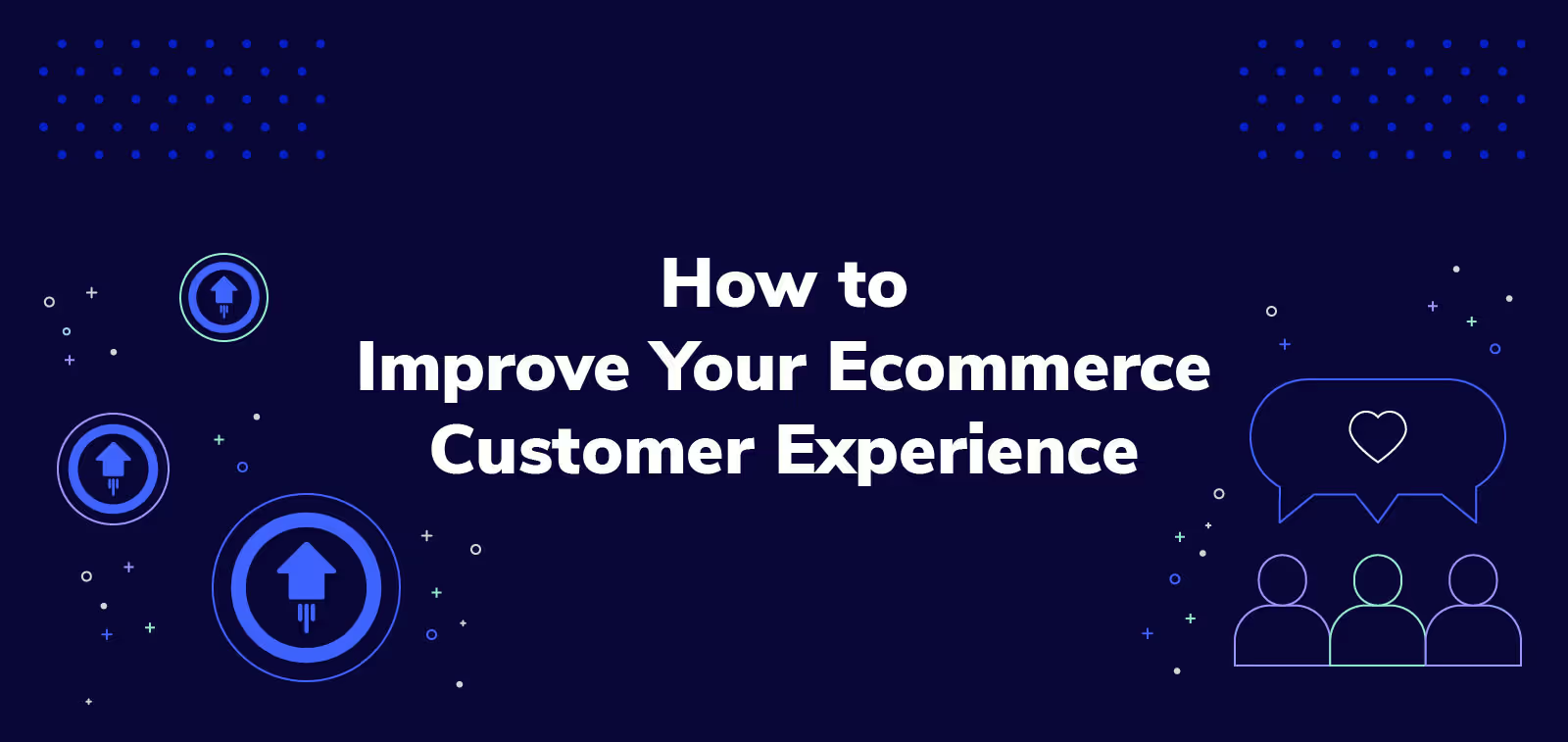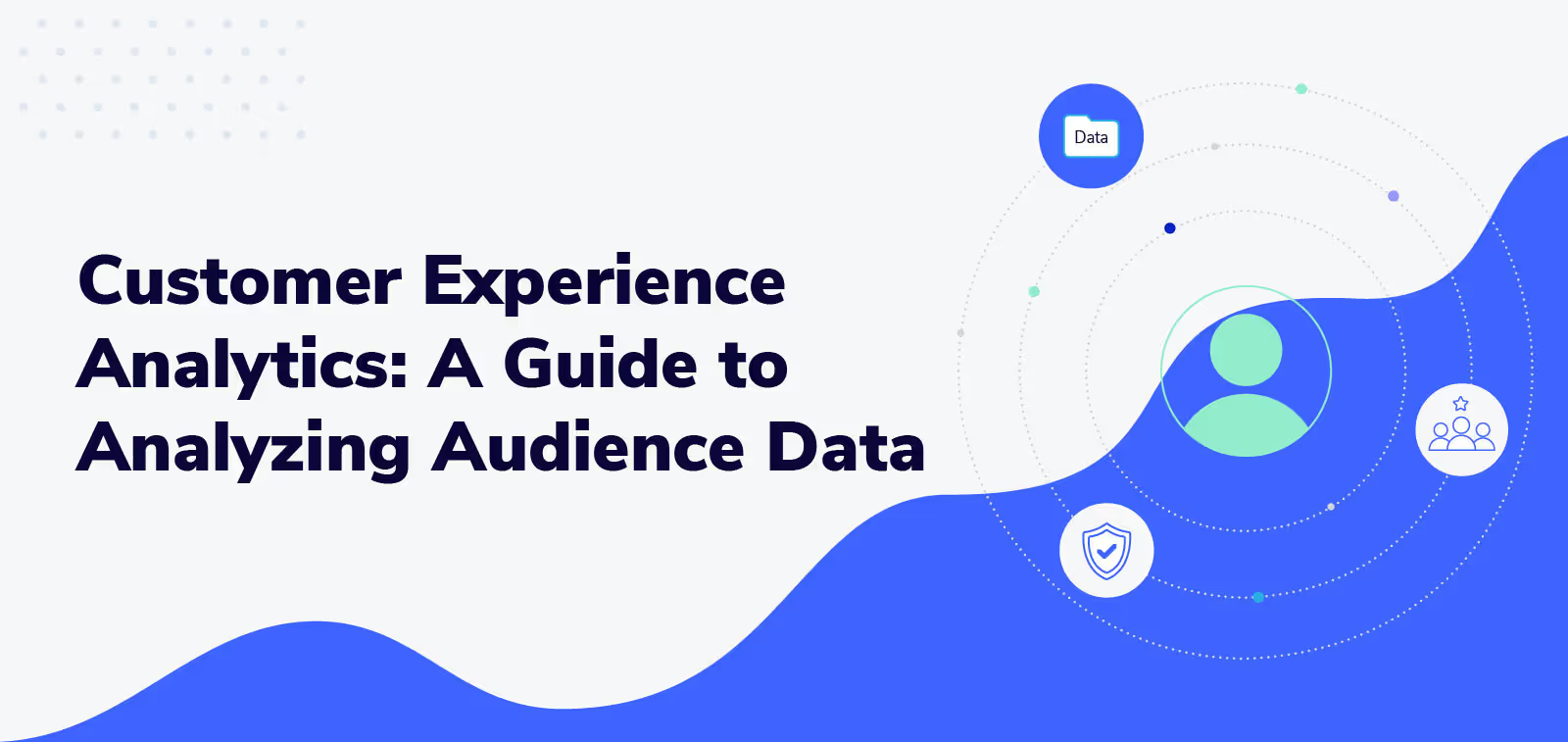Customer Self-Service: Today’s Best Practices, Metrics, and Impact on Gen Z Loyalty

Without effective customer self-service tools, your ecommerce business could lose more than a third of its Gen Z and millennial customers.
That’s according to a Gartner survey, which revealed “38% of Gen Z and millennial customers say they are likely to give up on a customer service issue if they can’t resolve it in self-service.”
Sure, giving up on a customer service issue isn’t the same as giving up on your brand. But churn could be the result in many cases, given this finding from TCN: “73% of Americans are likely to abandon a brand after just one poor customer service experience.”
Good customer self-service starts with anticipating customer needs and then making it easy and intuitive for them to find what they need. In this article, you’ll learn how to make your ecommerce stack more self-service friendly so your customers will want to come back.
Benefits of customer self-service
When done well, self-service solutions elevate both the customer experience and your bottom line.
Your customer base will most appreciate its convenience. No longer will they need to consider the time zones of support agents, the possibility of long hold times, or the aggravation of unanswered emails addressed to help@yourcompany.com.
In a 2024 survey from customer experience expert Shep Hyken, 94% of respondents called convenience the most important “customer service experience.” That’s up 10% from 2021.
Self-service benefits your business because it frees your agents from having to deal with routine issues. You’ll reduce operational costs from not having to hire as many agents. And the agents you do hire only need to focus on the most complex issues.
Customer self-service tactics
Customer self-service depends on some degree of automation, since the goal is to avoid human intervention. The best customer support software has out-of-box automation tools, which allow you to implement the following tactics in no time.
#1: Intelligent chatbots
Chatbots are rapidly becoming table stakes for customer self-service. Gartner estimates “chatbots will become the primary customer service channel for roughly a quarter of organizations” by 2027. Artificial intelligence enhances the most effective chatbots, and today this power is easier to harness than ever.
Types of chatbots
If you’re considering a chatbot, be aware they’re not created equal. The most basic bots operate with simple decision trees, much like the interactive voice response systems many call centers deploy.
When activated, these menu-based chatbots present users with a selection of common prompts like “Return an item.” The customer selects a prompt, and the bot responds with a set of instructions to (hopefully) resolve the issue. These instructions are only as accurate as what appears in the scripts used to train the bot.
Menu-based chatbots struggle to understand complex user questions not referenced in their scripts. This lack of understanding leads to customer frustration.
The alternative? Conversational AI chatbots, which use natural language processing to understand the nuances of human language and respond in a human-like way.
AI chatbot examples
The most sophisticated AI chatbots have also been trained on vast amounts of public data, in addition to data specific to your organization. This level of training greatly expands the bot’s vocabulary and ability to answer queries accurately.
Take Amazon’s Rufus chatbot, which was built to answer questions about specific products from Amazon’s enormous inventory. Amazon data scientist Trishul Chilimbi trained Rufus on “the entire Amazon catalog, for starters, as well as customer reviews and information from community Q&A posts … along with public information on the web.”
Now Rufus can intelligently answer questions like “What is the meaning of life?” and then recommend books to help the user learn more.

And if you don’t have Amazon’s resources, companies like Glassix have developed customizable AI chatbots already trained on OpenAI’s GPT-4. Partner with Glassix, and you’ll only need to train their bots on your company-specific data before deploying them on your site.
But even AI chatbots can’t answer every possible human query. Their training includes an understanding of when to flip to agent-supported live chat.
Third-party intelligent chatbots
If your chatbots can answer customer service queries quickly and accurately, they play a significant role in boosting customer loyalty. But suppose a chatbot operated by a third-party service provider fails to meet customer expectations. The customer will still blame you for any inconvenience.
Common third-party services offered by merchants include shipping and product protection. These services cover product losses resulting from things like theft, damage during shipping, or accidental damage during normal use.
Product and shipping protection providers like Extend put customer self-service at the center of claim management. When a shopper needs to file a claim, they visit Extend’s customer self-service portal to initiate their request.
Extend asks a few simple questions and processes the claim in seconds. In the rare event that a claim requires more information to be resolved, the customer is routed to Extend’s support center.
As you vet the self-service resources of potential third-party providers, use Extend’s seamless post-purchase experience as a model.
#2: AI-powered knowledge base articles
A well-organized, comprehensive knowledge base is a digital library where customers can locate relevant content without agents’ assistance. A knowledge base lives on a company’s website and typically includes things like blog posts, product guides, FAQ pages, and a community forum.
A great example is Pottery Barn’s FAQ, which links to the most searched-for topics at the top of the page. The company then answers specific questions related to those topics (and others).

So how can AI impact a knowledge base? Software providers like Zendesk have out-of-the-box AI tools that scan support requests coming in from chatbots, alerting you to the most urgent concerns. If your knowledge base lacks articles on these concerns, you now have a good reason to add them.
These same AI tools can also surface articles receiving the most views (and which are receiving the least). If high-performing articles contain out-of-date information, you risk confusing customers who read them. Thanks to AI, you can now prioritize articles needing more frequent audits.
#3: Shoppable blogs
Shoppable blogs count as customer self-service because they help shoppers select and purchase items more quickly.
Say you have a large product inventory filled with complementary products, such as shoes and socks, mobile phones and cases, or bottles and cribs. It can be a challenge for consumers to sift through your catalog and find product combinations that suit their needs and senses of style.
Shoppers can use your ecommerce store filters to refine their product feeds. But a more engaging tactic is to create product-focused blogs that cater to specific types of customers.
Companies like Nike specialize in products for outdoor enthusiasts, but not all of their customers are athletes. Some just want to look good at outdoor events like pool parties. Nike created a shoppable blog for this occasion and multiple others.
The blog showcases six possible outfit combinations. At the end of each combination, Nike includes a button that instantly links readers to the items in their ecommerce store.

Besides making it easier for customers to discover products, these shoppable blogs make it more likely the customer will purchase more than one item. Nike then benefits from a higher average order value.
Key customer self-service analytics
Once you set up a customer self-service feature, the last thing you should do is “set it and forget it.” As your business grows, you’ll need to update knowledge base information, re-train your chatbot, and think of new product combinations to entice shoppers.
To make sure your self-service features meet customer expectations, consider creating a dashboard in your customer support software that contains these four key metrics.
Customer Satisfaction (CSAT) Scores
Customer satisfaction will always be the primary metric of any retail merchant. Lack of satisfaction with products or services, including customer self-service, is the main enemy of brand loyalty.
CSAT is easy to compute. Your customer-support automation software can slide a CSAT survey at the end of every chatbot interaction, knowledge base article, or shoppable blog post.

Make sure you include an option for the customer to leave a few words of feedback. You’ll get a better sense of what needs improvement.
First Contact Resolution (FCR) Rate
First contact resolution (FCR) measures the percentage of customer inquiries resolved on the first attempt.
When a customer asks a chatbot a question, the ideal outcome is a quick answer. Though sometimes necessary, it’s less ideal for the customer to have to call an agent after the initial chatbot interaction. Calling the agent would lower your FCR.
To calculate FCR, divide the number of issues resolved on the first contact by the total number of issues received in a certain time period. Then multiply that number by 100.
Self-Service Adoption Rate
Self-service adoption rate measures the percentage of customers who engage with your self-service features.
Obviously, if you invest in a chatbot, you want shoppers to use it and avoid calling the customer support team for routine tasks. A higher chatbot adoption rate means this feature is easy to find and engaging.
Calculate this metric by dividing the number of self-service tickets received in a certain time period by all tickets received. Then multiply by 100.
Customer Effort Score (CES)
CES and CSAT are cut from the same cloth. When applied to self-service, CES measures how easily customers find solutions using those resources.
The end of a chatbox interaction is an ideal touchpoint for the CES. You want the chatbot to solve problems with as few customer inputs as possible. More inputs equal more effort and less satisfaction.
CES asks a single question, like “How difficult was it to resolve your chatbot inquiry?” The customer answers with a number on a scale from one to seven, with one representing the highest level of disagreement with the statement.
Enhance your customer self-service offerings with Extend
Many brands are still struggling to offer quality customer self-service, despite its importance among Gen Z and millennial shoppers. According to Gartner survey results released in August 2024, “Only 14% of customer service and support issues are fully resolved in self-service.”
As you work to enhance your self-service offerings, Extend can give you an edge over the competition. Not only do Extend Shipping and Product Protection give customers peace of mind in the event of a product loss, Extend’s superior self-service keeps customers happy.
For a complete tour of Extend Shipping and Product Protection, including customer self-service offerings, click here for a custom demo.
Aaron Sullivan is senior content marketing manager at Extend. He specializes in writing about e-commerce, finance, entertainment, and beer.
.svg)




























